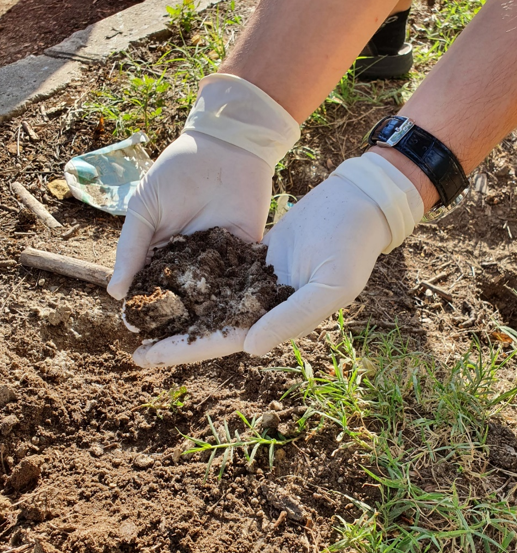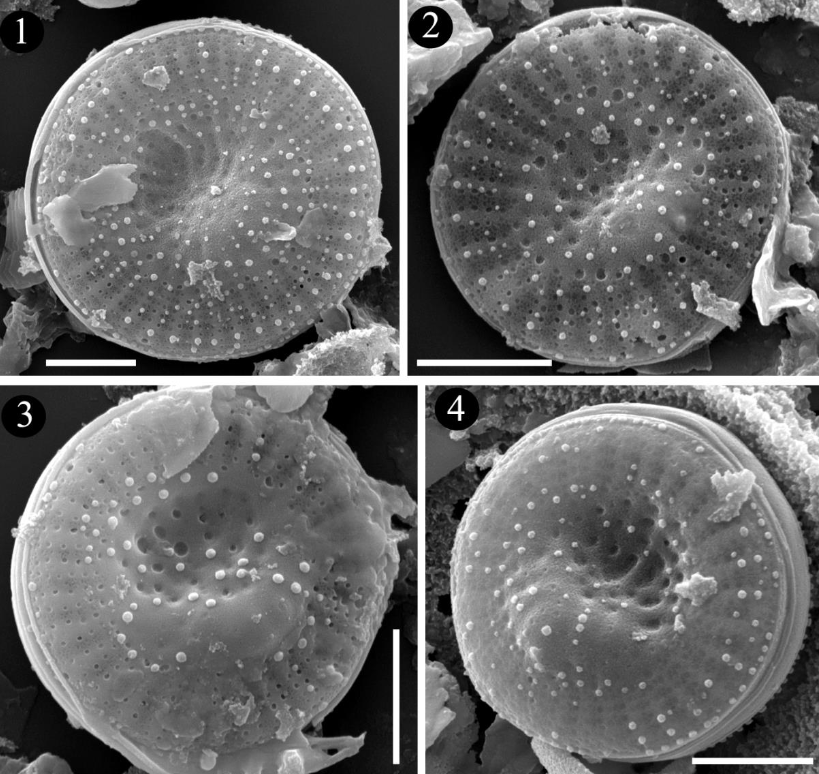1. Microbial biofungicides as an alternative for biological protection of plants (MICROBIOFUN)
Coordinator: Sofija Kostandinovska
Context
Macedonia, as a developing country, relies on agricultural crops production and to increase yield promotes use of, pesticides and organic fertilizers that cause irreversible damage to agricultural lands and surrounding ecosystems. In addition, Macedonia has a large portion of contaminated soils from the heavy, chemical and mining industries (Dimovska et al., 2017). These soils are known sources of antimicrobial strains, because they are adapted to an environment with a low percentage of nutrients, and a high rate of competition between microbial members (Ivanova et al., 2015). Accordingly, Macedonia is an excellent potential source of biofungicides, but since oir knowledge on biofungicides is limited, so is their use in the creation of biopreparations (Kungulovski et al., 2017).
General methodology
Во текот на реализацијата на проектот се користи стандардна методологија која веќе се спроведува во Микробиолошката лабораторија (Yilmaz et al., 2005; Gebreel et al., 2008), како определување на влага и рН, бројност со користење на pour plate методата, изолација со метод на потег и скрининг со дифузионен метод.
The implementation of the project will use standard methodology already used in the microbiology laboratory (Yilmaz et al., 2005; Gebreel et al., 2008), such as moisture content and pH determination, enumeration using the pour plate method, isolation using the streak method, and screening using the diffusion method.
Aims and research questions and accompanying results
The aim of the project is to investigate the potential of indigenous microorganisms in the control of phytopathogens.
- Contaminated soils have more antimicrobial strains.
80% of the total number of isolates were from contaminated soils.
- The prevalence of antimicrobial isolates is highest in autumn.
Contrary to the expected results, we obtained the lowest number of antimicrobial isolates from the soils in autumn (30), while the highest number was observed in winter (82 isolates).
- The total number of bacteria is higher in contaminated soils.
The highest number was found in REK (1567000 CFU/g) in the summer season and the lowest number in Bucim (2310 CFU/g) in spring.
- Antimicrobial strains inhibit the growth of test phytopathogens.
Antagonists 85, 86, 87 and 88 stand out by forming the largest zones of inhibition against phytopathogens.
Contribution to science
The microbial ecology of the contaminated ecosystems of North Macedonia is an under-researched topic outside of human safety regulations. Few data are available, and there is a great opportunity to obtain breakthrough results that would influence the ecological and biotechnological perception of North Macedonia. Such findings would serve to initiate and conduct future scientific research projects.
Conservation importance
The conservation value and scientific contribution are closely linked. Through data of this nature, insight into the potential of the marker for Macedonian biofungicides is possible. The market entry of such products and the displacement of classical pesticides would be of inestimable importance for the protection of the environment and for the progress towards a more sustainable agriculture.
2. Evolution or phenotype plasticity in Cyclotella cavitata – the answer to ecological changes in the Ohrid Lake during the Quaternary period
Coordinator: Dushica Zaova
Context
The endemic diatom species Cyclotella cavitata has persisted in Lake Ohrid during the Quaternary period, known for numerous dynamic and intensive climate changes (Pellans & Gibbard, 2012). During the same period, the lake experienced other significant environmental changes driven by ontogenic processes such as subsequent deepening, leading to alterations in mixing processes, trophic state, and nutrient availability (Wilke et al., 2020). However, the extent to which these combined changes influence the species C. cavitata and its response remains unknown. Has the species developed mechanisms for survival to this day, and can these mechanisms help us predict its reaction to similar scenarios in the future?
Aims and research questions
*Determining the origin of Cyclotella cavitata?
* Does Cyclotella cavitata found a mechanism for survival during the
Quaternary?
* How Cyclotella cavitata responded to the climate changes?
* Can we recognize evolutionary events from the species morphological
variability or were the responses only ecophenotypic?
*Does climate influence the temporal existence of morphologies?
Methodology
Permanent slides from Lake Ohrid sediments up to 1300 кa were used for studying the species C. cavitata. Statistical analyses were performed in R to determine the morphological variability of the species. Statistical analyses in Canocco 5, C2, and Tlia were used to track possible morphotype-environment relationships.
Results
А continuous existence of the species C. cavitata during the period 1100-150 ka has been found. Detailed morphometric analyses reveal significant and permanent phenotypic variations with an irreversible character, suggesting evolutionary processes within the species. These processes were driven by local ontogenetic changes within the lake as well as global climate shifts. Generally, less intense climate cycles contributed to diversification of new morphologies without causing the disappearance of previously established ones. However, intense climatic changes resulted in morphological diversification of new taxa but in addition a extinction of previously formed morphologies was observed.
Contribution to science
The scientific contribution is recognized in the uniqueness for studying continuous and long-term evolutionary trends in endemic diatom species. This is possible because of the 1300 ка long and undisturbed sedimentary record of Lake Ohrid and the continuity of the existence of the living world in it.
Conservation importance
One of the basic requirements for adequate protection of an ecosystem is understanding its uniqueness. Therefore, knowledge about the origin and evolution of endemic species can further highlight the value of Lake Ohrid as a habitat with greatest endemic diversity. This can contribute to more adequate protection of this unique ecosystem.




